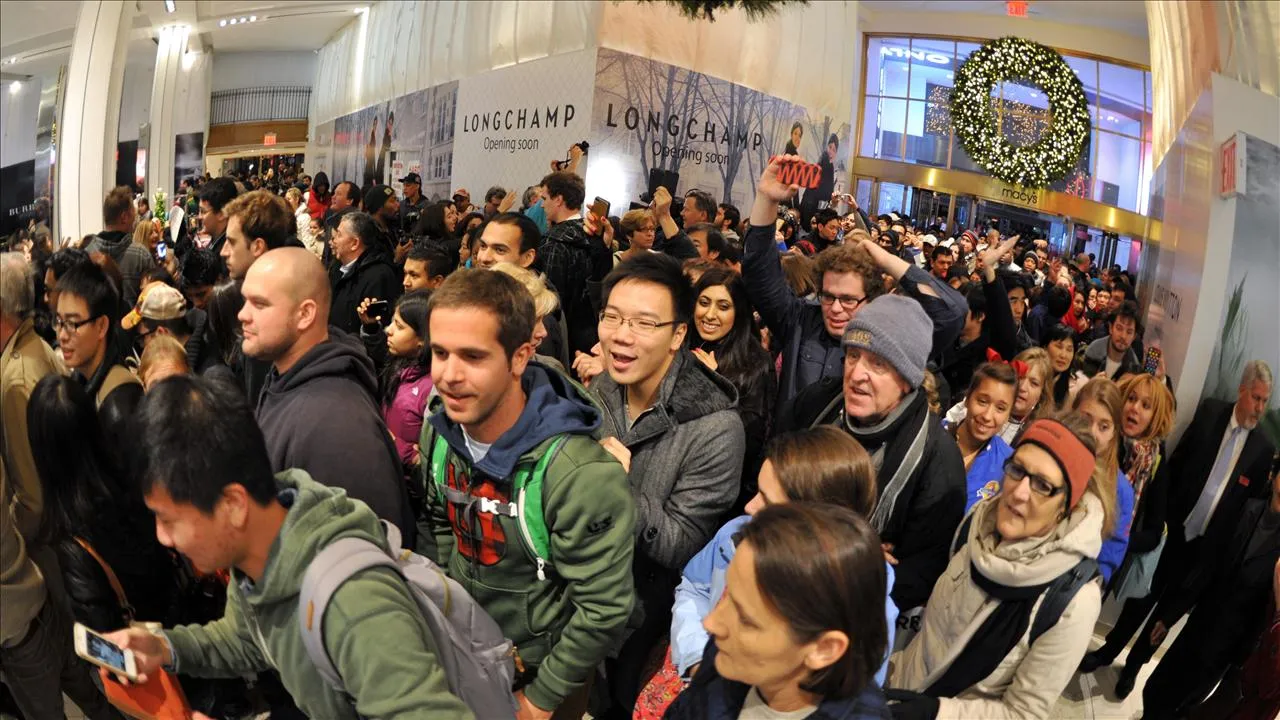Entertainment
Royal Opera House and West End Revival: The Cultural Comeback of 2025

The year 2025 marks a defining moment for London’s cultural landscape as the city’s theatres, concert halls, and galleries reclaim their prominence on the world stage. After years of fluctuating attendance and financial uncertainty, the Royal Opera House and the West End are witnessing a remarkable revival. The blend of renewed tourism, targeted arts funding, and innovative programming has breathed new life into the capital’s cultural heartbeat. Audiences are returning in record numbers, international visitors are filling seats, and the creative community is flourishing with a sense of optimism not seen since before the pandemic.
The comeback has not happened by chance. It is the result of strategic public investment, private sponsorship, and a collective commitment to preserving London’s artistic heritage. With the government and arts councils expanding grant programs, cultural institutions have been able to modernize facilities, enhance accessibility, and experiment with digital initiatives that reach audiences far beyond the city’s borders.
Tourism fuels the cultural rebound
Tourism has played a central role in reigniting London’s cultural economy. The city’s visitor numbers have surged throughout 2025, with millions returning to explore the landmarks, museums, and performance venues that define Britain’s creative identity. The West End, long considered the theatre capital of the world, has seen box office sales soar. Productions that combine classic storytelling with contemporary themes are drawing both domestic and international audiences eager for live entertainment.
Major attractions such as the Royal Opera House in Covent Garden have benefited enormously from this resurgence. The iconic institution has introduced a range of new performances that blend traditional opera with modern staging and digital artistry. These innovations are attracting a younger demographic, helping to ensure the long-term sustainability of classical arts. The Opera House has also partnered with schools and community organizations to make performances more accessible, a move that aligns with broader efforts to democratize the arts.
Hotels, restaurants, and retail outlets near the theatre district are also experiencing a sharp uptick in business. The economic impact of cultural tourism has rippled across the city, reinforcing the idea that a vibrant arts scene is essential not only for social enrichment but also for economic recovery. Tourists attending performances now often extend their stays to explore other cultural institutions such as the Tate Modern, the National Gallery, and the Victoria and Albert Museum. This synergy between the arts and tourism is creating a dynamic loop of growth that benefits the entire metropolitan economy.
Arts funding and digital transformation
The revival of London’s cultural sector has been supported by a strong framework of public and private funding. The UK government has increased grants for performing arts organizations, focusing on sustainability, diversity, and digital innovation. The Arts Council’s renewed funding model encourages institutions to expand outreach while developing hybrid performance models that integrate live and online experiences. This approach has proven highly successful, particularly for audiences who cannot easily access central London venues.
The Royal Opera House and several West End theatres have embraced technology to enhance both production and audience engagement. Digital sets, AI-powered lighting systems, and immersive sound design are being used to create more dynamic and visually stunning performances. Virtual reality experiences now allow audiences around the world to enjoy select productions from the comfort of their homes, providing an additional revenue stream for cultural institutions.
Private philanthropy has also played an essential role. London’s creative revival has attracted corporate sponsors and individual donors eager to associate their brands with the resurgence of British culture. These partnerships have enabled venues to commission new works, host international festivals, and promote local talent. In turn, this financial stability has encouraged a new generation of artists, composers, and playwrights to pursue careers in the creative arts, contributing to the sector’s ongoing renewal.
The West End’s new era of creativity
The West End’s recovery has gone beyond merely reopening its doors. It has evolved into a space of experimentation and reinvention. Producers have embraced more diverse narratives and fresh talent, creating productions that reflect modern Britain. The success of musicals and plays exploring themes of identity, resilience, and hope has resonated strongly with post-pandemic audiences.
Additionally, collaborations between established institutions and independent theatres have expanded the range of productions available to audiences. This has allowed for a healthy balance between grand-scale shows and smaller, more intimate performances. Theatres like the Old Vic and the National Theatre are working closely with emerging playwrights to ensure that new voices are heard alongside timeless classics. This inclusive approach is strengthening London’s reputation as a global cultural leader.
The international community has taken notice. Several productions that premiered in London this year are now scheduled for tours across Europe, North America, and Asia, further enhancing the city’s profile as an exporter of artistic excellence. This exchange of ideas and talent underscores the role of the arts as both a cultural and diplomatic bridge, strengthening the United Kingdom’s influence abroad.
Conclusion
The cultural revival unfolding in 2025 is a story of resilience, creativity, and collaboration. London’s Royal Opera House and the West End have proven that art remains one of the most powerful forces for economic and social renewal. Tourism has reignited audience enthusiasm, funding initiatives have empowered institutions to innovate, and artists have responded with extraordinary works that reflect the spirit of the times.
This resurgence represents more than a return to normalcy. It marks a reinvention of what cultural participation means in a modern, interconnected world. As London continues to invest in its creative future, the city’s theatres, galleries, and concert halls are once again affirming their place at the heart of global culture. The Royal Opera House stands as a symbol of this transformation, a living reminder that even in moments of adversity, creativity and collaboration can light the way forward.








